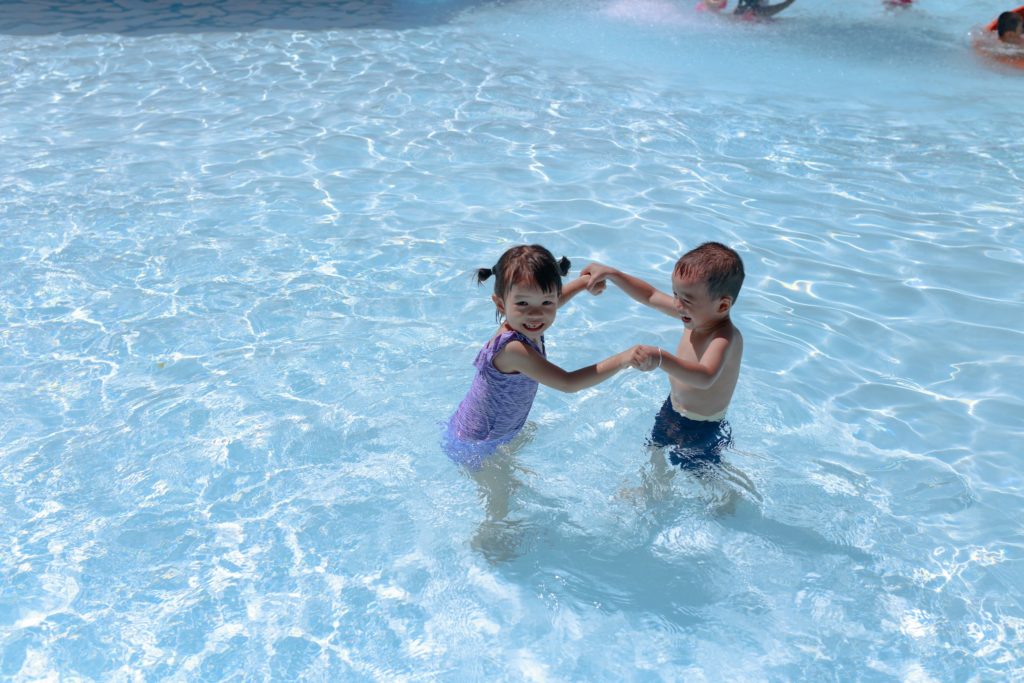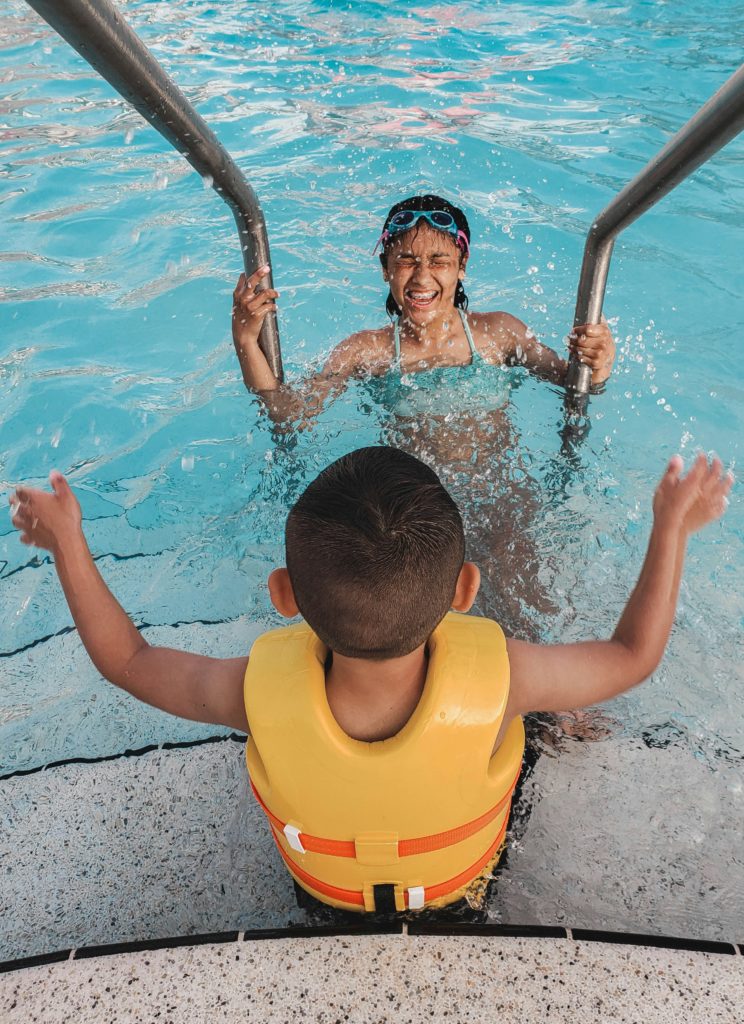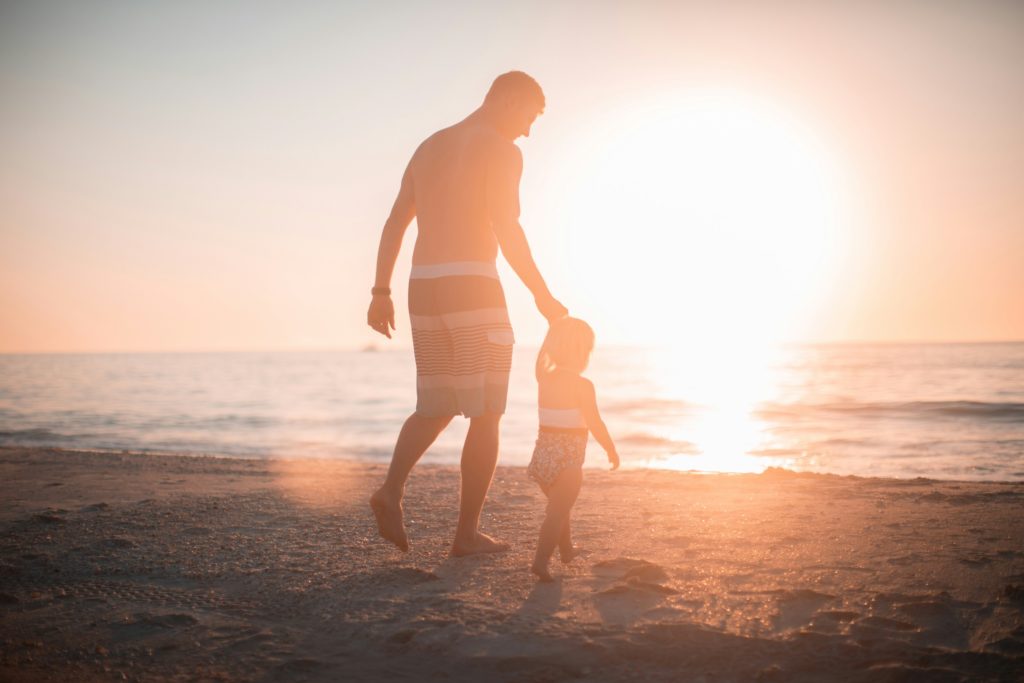Families are heading to beaches, pools and lakes this holiday, so it’s a good time to remind everyone of essential water safety tips for families. According to AAA Travel, Florida is the top choice for a spring break destination, due to its warm weather, pools, beaches, outdoor adventures, and cruise ports.

Spring Breakers say “Take Me to the Water”
Findings agree with those of a recent Allianz Partners’ survey which analyzed more than 3.4 million flight itineraries insured by Allianz Travel Insurance. Allianz found that 76% of spring break itineraries are for domestic travel and 24% are for international trips. The top 10 destinations for the three-quarters of Americans traveling domestically include five in Florida.
Allianz also found that, other than London, the top 10 international destinations for the 2024 spring break are tropical or Caribbean islands. Whether you are planning a cruise with kids, a theme park adventure, or heading anywhere with myriad swimming opportunities, these water safety tips are timely, too.
Six Important Tips: Swimming Safety for Kids
“Spring break is a wonderful time for families to have fun and relax by the water,” Chris DeJong, a five-time U.S. National Champion swimmer, says.
Thanks to him and the Big Blue Swim School for providing guidance and essential swim safety tips for the whole family. Big Blue was founded in 2009 by DeJong, and now has 30 pools offering instruction, with more to come across the U.S.
They have lots of experience in keeping swimmers safe and share their six top water safety tips for families.

1. Lifeguards are not babysitters.
Even with this important safety system in place at pools or beaches, adult supervision of their own children around water is essential.
2. Make yourself familiar with your destination’s pool or beach.
Get to know the pool and beach area where you are staying. Understand what safety measures are in place such as locked gates, fences, and other barriers.
3. Assign a Water Watcher to monitor everyone in the pool.
One essential water safety tip for families is to make someone a Water Watcher. This is an adult in your group who keeps a close eye on swimmers. Big Blue recommends rotating the Water Watcher every 30 minutes to avoid supervision fatigue.
4. Wear a life jacket around water.
Don’t have children wear just any life jacket. A properly fitting life jacket fits snug, is approved by the U.S. Coast Guard, and stays under a child’s chin when they lift their arms overhead.
5. Implement the buddy system.
Even if your child is a proficient swimmer or wearing a life jacket, drowning can still happen. All children swimming in water should be assigned a buddy to swim with who can raise the alarm if something seems off.
6. Prepare young swimmers to enjoy the water.
In addition to following our children’s water safety tips for famililes, prepare by enrolling everyone in formal swim lessons. The CDC notes that formal swim lessons reduce drowning by 88%. That makes year-round, formal swim lessons the best way to help a child be ready around the water.

Encourage water safety and promote a lifelong love of swimming
“Drowning isn’t always obvious,” Dejong adds. “Someone struggling may not yell for help, wave their arms, or thrash around. Constant, careful supervision is critical while children are near the water.”
Why not check your area for local swim schools and get the kids started right? Proper schooling in the swimming arts is just the first step to ensuring water safety for families.
Dear Reader: This page may contain affiliate links which may earn a commission if you click through and make a purchase. Our independent journalism is not influenced by any advertiser or commercial initiative unless it is clearly marked as sponsored content. As travel products change, please be sure to reconfirm all details and stay up to date with current events to ensure a safe and successful trip.
0 Replies to “Spring Break Water Safety Tips for Kids and Families”